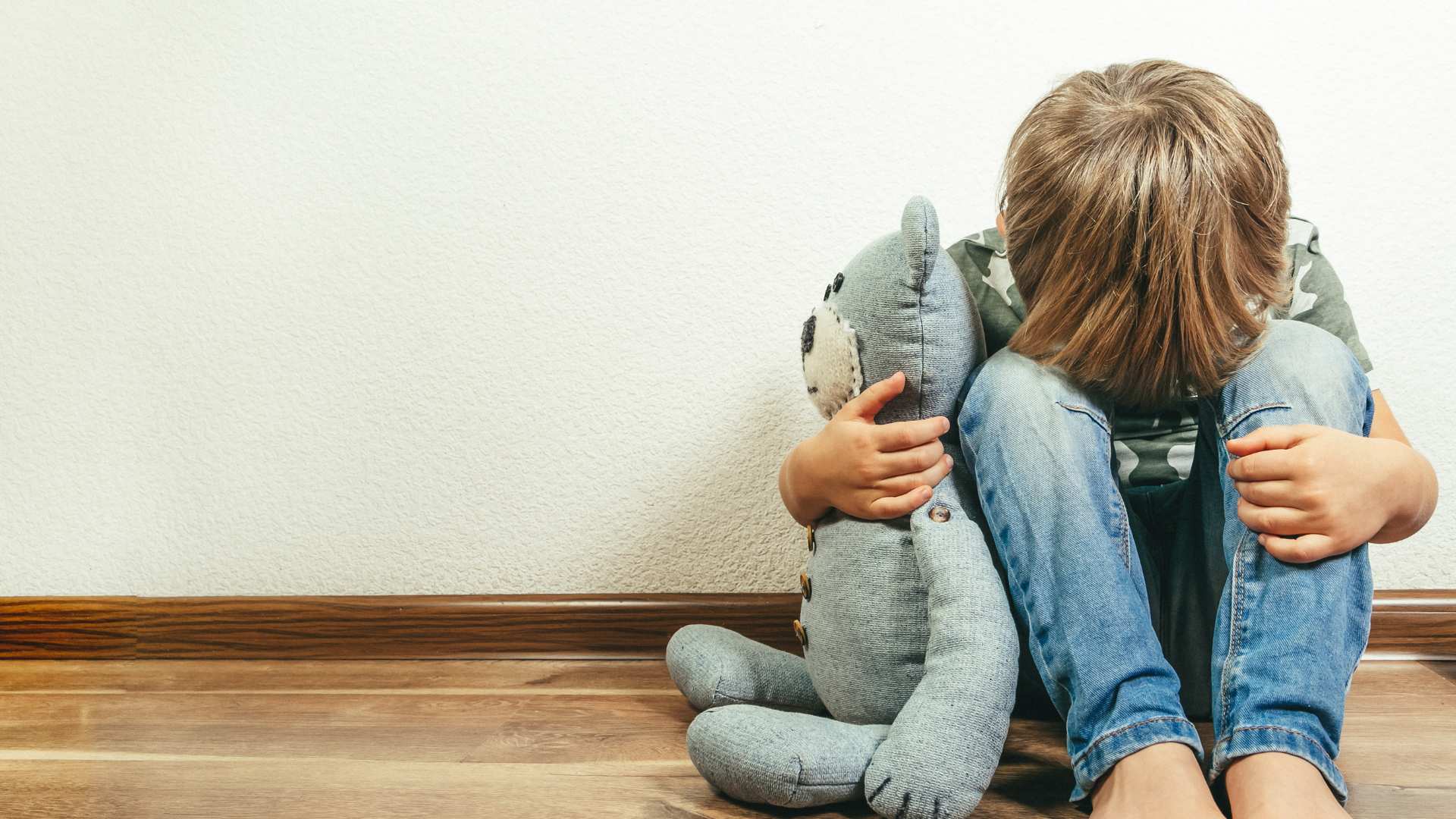Table of Contents
What causes anxiety in autism?
Anxiety, a prevalent and significant mental health challenge, impacts around 4% of the global population, as reported by the World Health Organization, reflecting its far-reaching effects in today’s rapidly evolving society. Amidst these dynamics, certain groups are particularly vulnerable to experiencing anxiety. The intersection of anxiety in autism spectrum disorder (ASD) presents a complex layer of challenges that are beginning to be understood more deeply.
Now, you may be wondering, what causes anxiety in autism? Autism is a neurodevelopmental disorder that affects communication, social interaction, and behavior. Anxiety in individuals with ASD emerges from a complex interplay of factors that intertwine their core challenges with heightened stress responses.
Moreover, it’s common for individuals with autism also to experience additional disorders, including ADHD, OCD, and various specific phobias. The Journal of Autism and Developmental Disorders indicates that a significant portion of the population with autism—91% of children and adolescents and 31% of young adults—have at least another diagnosis, with anxiety representing 34%.
As a parent or caregiver of children with autism, it is essential to identify the possible presence of other mental health conditions that may impact your child’s development and life on the spectrum. Learn more about this correlation in this blog by Texas ABA Centers, where we will also mention some strategies that ABA therapists can develop to minimize anxiety in autism.
What Does Anxiety Look Like in Autism?
Anxiety in autism varies from one individual to another, as what one person experiences on the spectrum the other may not. While some may show typical signs such as restlessness, agitation, and avoidance behaviors, others may show more subtle indicators such as repetitive behaviors, obsessive interests, or withdrawal from social interactions. According to the Anxiety & Depression Association of America, anxiety in autism can also manifest as follows:
1. Social Anxiety: Many individuals with autism struggle with social interactions due to their difficulties in understanding social cues and norms. This feeling can lead to social anxiety, where they may feel overwhelmed or anxious in social situations.
2. Rigidity and Routine: Any disruption of established routines can trigger anxiety. Changes in schedule, unexpected events, or transitions from one activity to another might cause distress and fear as they struggle to adapt to the new situation.
3. Sensory Overload: Sensory sensitivities are common in individuals with autism. Certain sensory stimuli, such as loud noises, bright lights, crowded spaces, or specific textures, can be overwhelming and trigger anxiety. They may exhibit physical signs of discomfort like covering their ears, avoiding touch, or becoming agitated in response to sensory overload.
4. Repetitive Behaviors: Stimming in autism is a typical behavior to cope with anxiety. These behaviors, such as hand-flapping, rocking, or pacing, may increase during times of heightened stress. While stimming can provide temporary relief, it’s essential to recognize when it might indicate underlying anxiety.
5. Communication Challenges: Difficulties in communication can contribute to anxiety in individuals on the spectrum. The inability to express needs, desires, or emotions effectively may lead to frustration and fear. Individuals might experience anxiety in situations where they feel misunderstood or unable to communicate their thoughts and feelings.
6. Difficulty Identifying and Expressing Emotions: Some individuals with autism have challenges identifying and understanding their own emotions, as well as recognizing emotions in others. This emotional dysregulation can contribute to anxiety as they struggle to interpret and cope with their feelings effectively.
Strategies to Manage Anxiety in Autism
Navigating life with ASD presents a unique set of challenges, and adding anxiety to the mix can further complicate matters. Managing stress in autism requires a tailored approach that recognizes the complex interaction between these two conditions. While there is no one-size-fits-all solution, there are several strategies that can help your kid with anxiety in autism:
Create Predictable Routines – Establishing predictable daily routines can provide a sense of stability and security for children. Knowing what to expect helps reduce uncertainty and, consequently, anxiety levels.
Develop Coping Mechanisms – Encourage the development of coping mechanisms tailored to your children’s sensory preferences and communication style. These can include deep breathing exercises, mindfulness techniques, or sensory-based strategies like using weighted blankets or fidget toys.
Provide Clear Communication – Clear and explicit communication is essential in helping individuals with autism understand situations and expectations. Use visual supports such as schedules, social stories, or picture cards to facilitate understanding and reduce anxiety caused by uncertainty.
Offer Supportive Environments – Create friendly environments that minimize sensory overload and promote relaxation. You can create quiet spaces, reduce visual clutter, or use noise-canceling headphones in noisy settings.
Seek Professional Support – Consult with professionals with expertise in autism and anxiety. A professional can provide you with support and guidance on how to manage and address your child’s specific needs.
ABA Therapy Can Help Reduce Anxiety

The main focus of ABA therapy is to identify problematic behaviors, analyze their underlying causes, and then implement specific interventions to modify them. Although not specifically aimed at treating anxiety, many ABA therapists incorporate strategies to address anxiety when it is present in individuals with autism.
If anxiety is interfering with the individual’s ability to learn and participate in activities, ABA therapists can develop strategies to help reduce stress and promote a more favorable learning environment.
These strategies may include:
- Teach specific coping skills to manage anxiety-inducing situations. These skills may include relaxation techniques, deep breathing, using words to express emotions, and problem-solving strategies.
- ABA employs a gradual approach to expose individuals to anxiety-triggering situations in a controlled and supportive environment. This systematic desensitization exposes individuals to anxiety-inducing stimuli progressively while reinforcing adaptive responses.
- Anxiety in individuals with autism is often related to difficulties in social interactions. ABA can teach specific social skills, such as making and maintaining friends, interpreting social cues, and handling complex social situations, which can help reduce social anxiety.
- ABA therapists can establish structured and predictable routines, which can help reduce anxiety by providing a safe and familiar environment.
Texas ABA Centers and Autism Support
Texas ABA Centers provides support to families in Austin, Dallas, and Houston in navigating the intricacies of the spectrum. We offer a variety of autism care services, such as early intervention, in-home ABA therapy, and in-school ABA therapy.
Our goal is to deliver effective early intervention that enables children with autism to develop their cognitive, social, and communication skills. Through ABA therapy, our highly trained therapists work closely with each child and their families to identify areas needing support and develop a personalized treatment plan to address the most challenging traits of autism, including additional conditions such as anxiety in autism.
Call us at (877) 771-5725 or schedule a free appointment with our autism care specialists and discover what a scientifically proven method can do for your child’s development on the spectrum.








